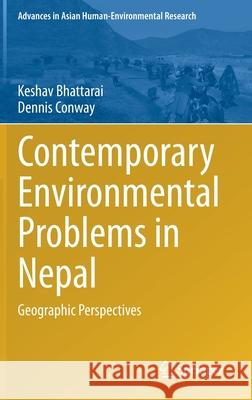Contemporary Environmental Problems in Nepal: Geographic Perspectives » książka
topmenu
Contemporary Environmental Problems in Nepal: Geographic Perspectives
ISBN-13: 9783030501662 / Angielski / Twarda / 2020 / 764 str.
Contemporary Environmental Problems in Nepal: Geographic Perspectives
ISBN-13: 9783030501662 / Angielski / Twarda / 2020 / 764 str.
cena 645,58 zł
(netto: 614,84 VAT: 5%)
Najniższa cena z 30 dni: 616,85 zł
(netto: 614,84 VAT: 5%)
Najniższa cena z 30 dni: 616,85 zł
Termin realizacji zamówienia:
ok. 22 dni roboczych
Bez gwarancji dostawy przed świętami
ok. 22 dni roboczych
Bez gwarancji dostawy przed świętami
Darmowa dostawa!
Kategorie BISAC:
Wydawca:
Springer
Seria wydawnicza:
Język:
Angielski
ISBN-13:
9783030501662
Rok wydania:
2020
Wydanie:
2021
Numer serii:
000390195
Ilość stron:
764
Waga:
1.27 kg
Wymiary:
23.39 x 15.6 x 4.29
Oprawa:
Twarda
Wolumenów:
01
Dodatkowe informacje:
Wydanie ilustrowane











